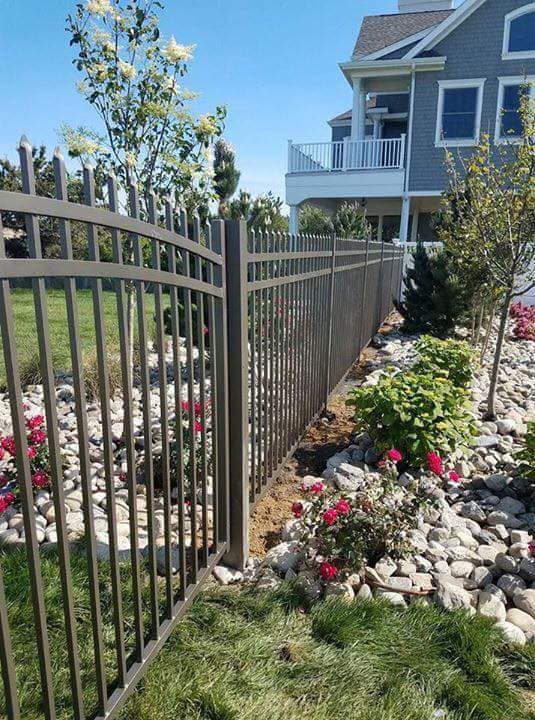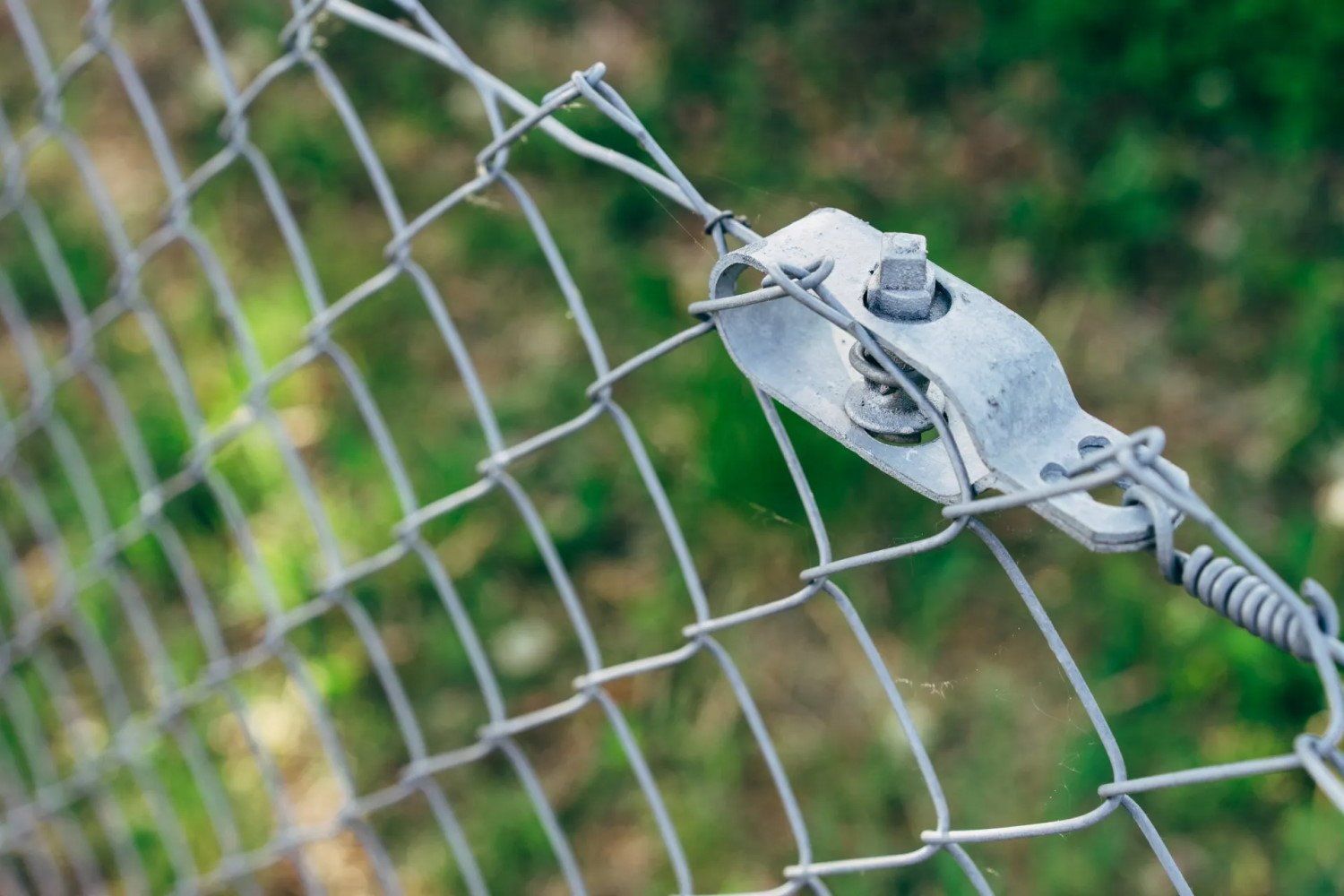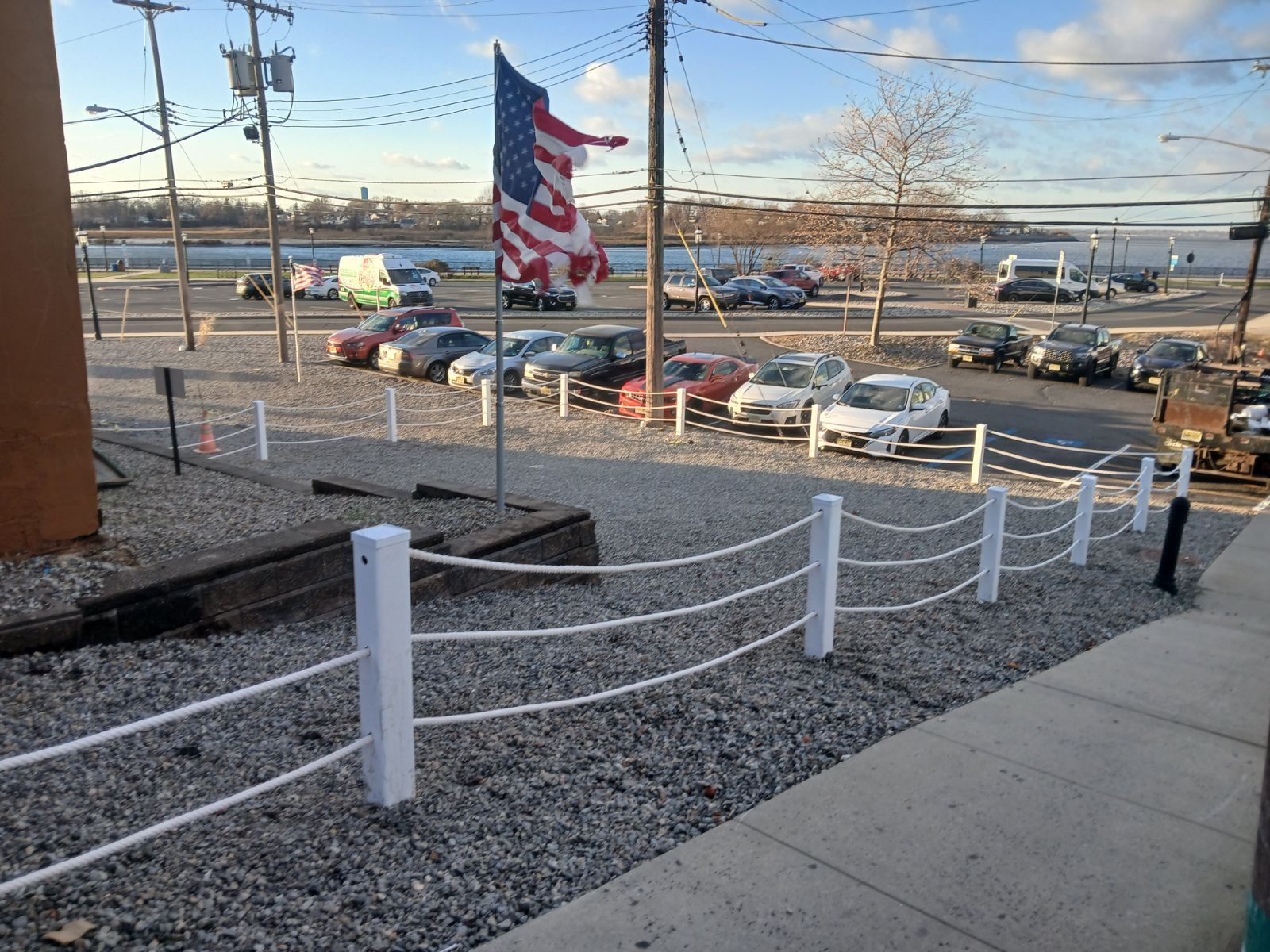When it comes to building a fence, choosing the right wood is crucial. Not only does the type of wood affect the aesthetics of your property, but it also influences durability, maintenance requirements, and cost. In this article, we’ll dive deep into Cedar vs Pressure-Treated Pine—Choosing Wood for Your New Fence. We’ll explore the pros and cons of each material, helping you make an informed decision for your residential or commercial fence installation.
Understanding the Basics: Cedar and Pressure-Treated Pine
What is Cedar?
Cedar is a naturally durable softwood that's been a favorite for fencing due to its resistance to decay and insects. The wood has a rich aroma and beautiful grain patterns that can add character to any yard. When people think of a classic wooden fence, they often picture cedar.
What is Pressure-Treated Pine?
Pressure-treated pine is regular pine wood that undergoes a treatment process to protect it against rot, insects, and other forms of deterioration. This involves forcing chemical preservatives into the wood under high pressure. As a result, pressure-treated pine offers an affordable option for homeowners looking for durability.
Why Choose Cedar? The Benefits of Cedar Fencing
Natural Resistance to Decay
One of the most significant advantages of cedar is its natural resistance to decay and insect damage. This quality means less worry about rot over time compared to untreated woods.
Aesthetic Appeal
Cedar boasts beautiful color variations ranging from light amber to deep reddish-brown. Its natural beauty can enhance the visual appeal of your property without needing much additional treatment.
Low Maintenance Needs
Unlike some woods that require regular staining or sealing, cedar can maintain its appearance with minimal effort. A simple cleaning every now and then will keep it looking great.
Sustainability Factor
Many cedar products come from sustainably managed forests. If environmental consciousness is important to you, cedar may be an ideal choice.
Longevity in Performance
When properly cared for, cedar fences can last upwards of 20 years or more, making them a long-lasting investment in your property.
Why Choose Pressure-Treated Pine? The Advantages of Pressure-Treated Pine Fencing
Cost-Effective Option
Pressure-treated pine tends to be more affordable than cedar. It’s an excellent choice if you’re working within a tight budget while still aiming for durability.
Strong Structural Integrity
The pressure treatment enhances the structural fence company integrity of pine wood, making it less prone to warping and splitting when compared to untreated woods.
Versatility in Design
Pressure-treated pine can be stained or painted just like cedar. This versatility allows homeowners and contractors alike to customize their fences according to personal preferences.
Widely Available
Since it’s one of the most common types of fencing materials on the market, finding pressure-treated pine is generally easy—and often at competitive prices.
Quick Installation with Professional Fence Installation Services
Due to its popularity among fence installers and contractors alike, many professionals are well-versed in installing pressure-treated pine fences quickly and efficiently.
Cedar vs Pressure-Treated Pine—Choosing Wood for Your New Fence: Quick Comparison Table
| Feature | Cedar | Pressure-Treated Pine | |-------------------------------|---------------------------------|--------------------------------| | Natural Resistance | High | Moderate | | Aesthetic Appeal | Very High | Moderate | | Maintenance Requirements | Low | Moderate | | Cost | Higher | Lower | | Longevity | 20+ years | 10-15 years | | Sustainability | Often sustainably sourced | Varies |
Considerations Before Making Your Choice: Key Factors in Selecting Fencing Material
When deciding between cedar and pressure-treated pine for your fence installation services, consider these factors:
1. Budget Constraints
If you're looking at cost-effectiveness primarily, pressure-treated pine might win out here without compromising too much on longevity or performance.
2. Desired Aesthetic
Do you prefer the rich tones of cedar or are you open to painting or staining treated pine?

3. Climate Conditions
In areas with high humidity or moisture content, cedar may perform better long-term compared to treated pine which may sometimes warp over time if not cared for properly.
4. Environmental Impact
If sustainability matters greatly in your decision-making process, then opt for responsibly sourced cedar products.
Installation Considerations: Hiring Professionals vs DIY Approach
When embarking on a fencing project—whether residential or commercial—you have two primary options: hire professional fence installation services or take on a DIY approach yourself.
Professional Fence Installation Services
If you choose licensed fence contractors who specialize in various types such as vinyl privacy fence installation or chain link fencing installations:
- They bring expertise that saves time. They understand local regulations. They ensure safety during installation.
On average, hiring professional installers could save you money over time due to fewer maintenance issues down the line.
Tip: When searching for “fence installers” online look out specifically for those who specialize in either cedar fence installation or composite fence installation depending on what suits your style best!
DIY Approach
Installing your own fence could be rewarding but requires planning:
Research local zoning laws regarding height restrictions. Gather necessary tools (sawing equipment & post hole diggers). Prepare for potential challenges (like uneven ground).While this route could save costs upfront remember there’s always risk involved if you lack experience!
Maintenance Tips: Keeping Your Fence Looking New Over Time
Regardless of whether you choose cedar or pressure-treated pine maintaining its appearance will require some effort:
- For Cedar: Regularly clean with mild soap & water solution Seal every few years if desired aesthetic changes For Pressure-Treated Pine: Inspect annually; treat any signs of mildew immediately Apply paint/stain after allowing sufficient drying period post-installation
Both materials will benefit from periodic inspections by professionals offering fence repair services as needed!

FAQs: Common Questions About Cedar vs Pressure-Treated Pine Fences
1. How much does residential fence installation typically cost? Costs vary significantly based on materials chosen but expect anywhere from $15 – $50 per linear foot depending on complexity & labor charges involved.
2. Which type offers better privacy fencing solutions? Cedar generally provides denser coverage while also adding aesthetic beauty; however well-installed treated pine fences can also create effective barriers!
3. Can I stain my pressure-treated pine immediately after installation? It’s best practice waiting several months post-installation before staining/painting so that moisture within wood has adequate time evaporate first!
4. Are there alternative options besides these two types? Absolutely! Vinyl fencing options like decorative vinyl fences offer low-maintenance solutions alongside aluminum varieties which resist rusting beautifully too!
5. What’s the lifespan comparison between these two materials? Typically speaking…cedar lasts longer than treated lumber under ideal conditions often exceeding 20 years versus 10–15 years respectively!
6 What should I do if my wooden posts begin leaning over time? Call upon professional fence replacement services before permanent leaning occurs; timely interventions could prevent further damages down line!
Conclusion
In conclusion, both cedar and pressure-treated pine bring unique advantages when considering options for your new fence installation project—whether you're eyeing aesthetic beauty or budget constraints! Carefully weigh these factors alongside maintenance needs & environmental considerations before diving into this investment journey! Always consult with skilled licensed contractors who know their trade well since proper execution plays just as important role as material selection itself!
With careful thought put into choosing between "Cedar vs Pressure-Treated Pine—Choosing Wood for Your New Fence," you'll find satisfaction not only through visual appeal but also enduring functionality throughout many seasons ahead!
